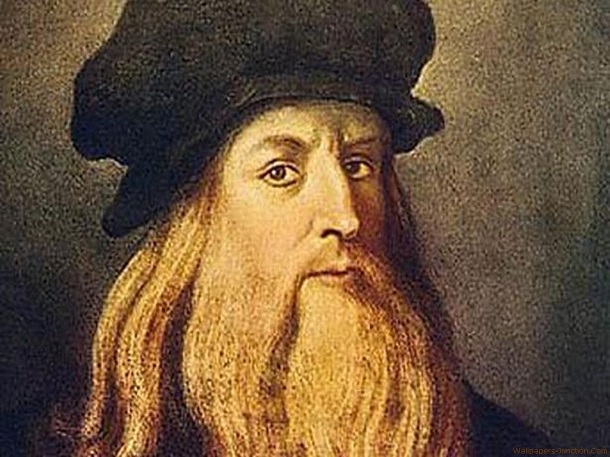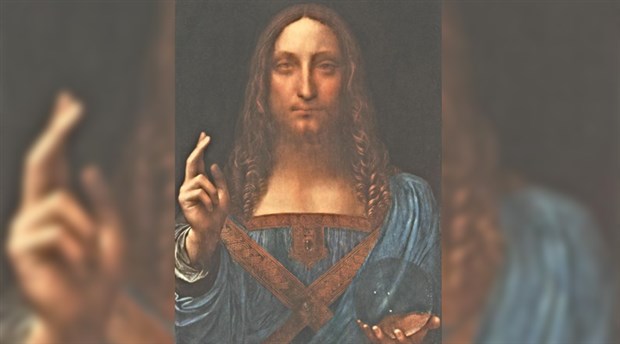Leonardo da Vinci’s birthday (April 15) is a great time to remember the scientific discoveries and artistic creations that shaped the genius’ life and influenced our world today.
Born on April 15, 1452, in Vinci, Italy, Leonardo da Vinci was concerned with the laws of science and nature, which greatly informed his work as a painter, sculptor, inventor and draftsmen. His ideas and body of work — which includes Virgin of the Rocks,The Last Supper, Leda and the Swan and Mona Lisa — have influenced countless artists and made da Vinci a leading light of the Italian Renaissance.
Leonardo da Vinci was born on April 15, 1452, in Vinci, Italy. Born out of wedlock, the love child of a respected notary and a young peasant woman, he was raised by his father, Ser Piero, and his stepmothers. At the age of 14, da Vinci began apprenticing with the artist Verrocchio. For six years, he learned a wide breadth of technical skills, including metalworking, leather arts, carpentry, drawing and sculpting. By the age of 20, he had qualified as a master artist in the Guild of Saint Luke and established his own workshop.
Florentine court records show that da Vinci was charged with and acquitted of sodomy at the age of 22, and for two years, his whereabouts went entirely undocumented.
In 1482, Lorenzo de’ Medici, a man from a prominent Italian family, commissioned da Vinci to create a silver lyre and bring it to Ludovico il Moro, the Duke of Milan, as a gesture of peace. Da Vinci did so and then wrote Ludovico a letter describing how his engineering and artistic talents would be of great service to Ludovico’s court. His letter successfully endeared him to Ludovico, and from 1482 until 1499, Leonardo was commissioned to work on a great many projects. It was during this time that da Vinci painted “The Last Supper.”
Da Vinci’s most well-known painting, and arguably the most famous painting in the world, the “Mona Lisa,” was a privately commissioned work and was completed sometime between 1505 and 1507. Of the painting’s wide appeal, James Beck, an art historian at Columbia University, once explained, “It is the inherent spirituality of the human creature that Leonardo was able to ingenuine to the picture that raises the human figure to some kind of majesty.”
It’s been said that the Mona Lisa had jaundice, that she was a pregnant woman and that she wasn’t actually a woman at all, but a man in drag. Based on accounts from an early biographer, however, the “Mona Lisa” is a picture of Lisa Gioconda, the real-life wife of a merchant, but that’s far from certain. For da Vinci, the “Mona Lisa” was forever a work in progress, as it was his attempt at perfection. The painting was never delivered to its commissioner; da Vinci kept it with him until the end of his life. Today, the “Mona Lisa” hangs in the Louvre Museum in Paris, France, secured behind bulletproof glass, and is regarded as a priceless national treasure.
Da Vinci has been called a genius and the archetypal Renaissance man. His talents in arguably extended far beyond his artistic works. Like many leaders of Renaissance humanism, he did not see a divide between science and art.
[adrotate banner=”34″]





more information